#Ttac
Abandoned History: General Motors' Turbo-Hydramatic Transmissions (Part II)
Our Abandoned History coverage of the Turbo-Hydramatic transmission series continues today. The THM was a singular solution to two different automatic transmissions in use by Oldsmobile, Cadillac, and Buick in 1963. Turbo-Hydramatic arrived at a time of modernization for the automatic, which prior to the mid-Sixties was regarded as inefficient and less than smooth.
The THM400 was the 1964 replacement for the Hydra-Matic and Buick’s Dynaflow and established itself as a smooth and reliable gearbox. It proved useful in a variety of luxury and heavy-duty applications and shrugged off weight and torque easily. In short order, it took off as the transmission of choice for various small manufacturers outside of GM. However, no matter how excellent the THM400 was, it found itself squeezed by a drive toward greater fuel efficiency. It was also a bit hefty to be of broad use in smaller or lighter passenger cars. GM needed more Turbo-Hydramatics!
Rare Rides Icons: The History of Stutz, Stop and Go Fast (Part X)
The reborn Stutz brand introduced its Blackhawk in 1971. It was a mostly hand-built and Virgil Exner-styled coupe atop a late Sixties Pontiac Grand Prix platform. Despite its rather common underpinnings, the Blackhawk found an immediate clientele among the very wealthy who were of a showbiz variety. After Elvis took delivery of the first Blackhawk sold (prototype two, to be precise), celebrities of various stature placed their orders with Stutz.
This gave the Blackhawk status and immediate luxury credibility, however garish and Extra Super Seventies it all was. Thus, Stutz increased the price of the Blackhawk throughout its debut decade and effectively doubled its profits by the turn of the Eighties. By 1981 the Blackhawk’s base price was $84,500 ($279,242 adj.). But Stutz knew it would have to update its coupe to keep buyers coming back for more, and the majority of updates took the form of trim differentiation and cost-cutting. Let’s talk about the multiple generations of Blackhawk.
Rare Rides: The 1966 Nissan Prince Royal, an Imperial Family Limousine
In Part I of our Abandoned History coverage of GM’s Turbo-Hydramatic transmission line, your author made reference to a very exclusive Nissan that made use of the hefty THM400. That extremely formal Rare Ride has been on my mind since then, so here we are. If it pleases your majesty: The 1966 Nissan Prince Royal.
Abandoned History: General Motors' Turbo-Hydramatic Transmissions (Part I)
A few weeks ago, we concluded Abandoned History’s two-part coverage of the Chrysler UltraDrive transmission. Within the comments was a request for more transmission coverage of an equally abandoned nature. Let it be so! Come along as we discuss the vast automatically shifted expanse that was the Turbo-Hydramatic transmission family, by General Motors.
Abandoned History: Dodge's Dead Import Trucks (Part III)
In a captive import enterprise that began in 1979, Dodge sold Mitsubishi’s compact pickup (aka Mighty Max in North America) to compete with the likes of the Ford (Mazda) Courier and the Chevrolet (Isuzu) LUV. Badged as the Ram 50, the truck was sold through two generations, 1979-1986 and 1987-1994. By the Nineties, the second-gen was showing its age, and Dodge decided it would rather focus on its own midsize truck, the Dakota.
But there was another captive import that arrived at the very same time as the second edition of the Ram 50. Say hello to the Raider.
Rare Rides Icons: The History of Stutz, Stop and Go Fast (Part IX)
We pick back up in the Stutz story today, at a time when (once again) all was new and promising at the luxury brand. Under the company’s new ownership, Stutz had the funding for Italian craftsmanship and hand-built goodness. The all-new Stutz Blackhawk entered production in 1971.
Nineteen feet long and full of wood, precious metals, and optional mink upholstery, the Blackhawk asked for a stunning amount of money that was far greater than domestic personal luxury coupes and more than a Rolls-Royce. At a base ask of $22,500 ($162,533 adj.) in 1971 dollars, there were few cars that actually competed with the Blackhawk’s purchasable exclusivity. And said exclusivity attracted some very wealthy people. Let’s talk celebrity status.
Abandoned History: Dodge's Dead Import Trucks (Part II)
Dodge’s import truck story began in 1979, when the Mitsubishi Forte (or L200) arrived on North American shores, rebadged as the Dodge D-50 and Plymouth Arrow. A captive import like the Colt, the durable Dodge D-50 (later Ram 50) proved itself a solid entrant into the compact pickup truck market. What proved unpopular was the Plymouth Arrow, which did not make it past its initial 1979-1982 outing. The Ram 50 was refreshed in 1982 but was certainly due for replacement in 1987 when the second generation arrived.
Abandoned History: The Chrysler UltraDrive Transmission (Part II)
We finish up our Abandoned History coverage of the long-lived UltraDrive transmission today. The pursuit of simplification, modernization, less weight, and better fuel economy lead to the creation of the electronically controlled four-speed A604 marketed as UltraDrive. The idea floated around at Chrysler in the Seventies and then was greenlit and put into production (before it was ready) by an eager Lee Iacocca. A case of unfortunate timing, the new transmission arrived in 1989 at a time when there was almost no exciting news in Chrysler’s product portfolio. Thus the UltraDrive name was coined by marketing, and the new and advanced transmission was featured heavily in the company’s PR materials in 1989 and 1990.
The UltraDrive’s debut version was prone to numerous types of failures because of fluids and sensors, build quality, parts, really everything. But engineers at Chrysler quickly massaged the A604 into the improved 41TE that was ready for use midway through the 1990 build year. UltraDrive was up and running within acceptable reliability standards per Chrysler. Clearly, it was time to create more UltraDrive variations!
Rare Rides Icons: The History of Stutz, Stop and Go Fast (Part VIII)
In our last Stutz entry, we saw the once famed luxury maker resuscitated by an entrepreneurial banker. Still headquartered in Indianapolis, Indiana, the newly renamed Stutz Motor Car of America, Inc. built a neoclassical coupe to excite lovers of polyester, personal luxury, and a mélange of styling cues from the Twenties and Thirties. The company’s first offering was the new Blackhawk, styled in a baroque Pontiac kind of way by Virgil Exner.
Abandoned History: Dodge's Dead Import Trucks (Part I)
Recently on Abandoned History, we learned about the Colt, a captive import Dodge/Plymouth/Eagle/AMC/Renault sold courtesy of a badge swap on some compact cars from Mitsubishi. During that series’ tenure, one of our readers had a great idea: A separate Abandoned History discussion of the captive import trucks and SUVs in the Dodge portfolio. The time has come!
Abandoned History: General Motors' Passport and Asna, Total Brand Confusion (Part II)
We started our coverage of GM’s Eighties and Nineties branding adventures last week, with the short-lived experiment that was Passport. The dealership network was an amalgamation of GM-owned or influenced brands from Japan, Sweden, and in the case of the Passport Optima, South Korea. Passport lasted from 1987 through 1991 before GM changed directions. In addition to axing an unsuccessful sales channel, Geo and Saturn cars had arrived during Passport’s tenure and made things more complicated. Let’s learn some more about GM’s Canadian dealership networks.
Rare Rides Icons: The History of Stutz, Stop and Go Fast (Part VII)
We pick up the Stutz story again today, as the super luxurious American brand went off to the automotive graveyard in the sky. Troubled by braking issues, dated product, and management keen to ignore the brand’s racing heritage, Stutz poured its limited development dollars onto delivery trucks and a rather sophisticated DOHC straight-eight engine. Both those developments were finished around the time of the Great Depression.
Unfortunately for Stutz, circa 1930 there was little demand for a new type of delivery truck, and really no demand at all for six-figure (adjusted) luxury cars. The company went bankrupt in 1937 and was liquidated fully in 1939. But the legendary name was not forgotten by certain people in Indianapolis who wore wide lapel suits.
Rare Rides: The Paul McCartney Signature Edition 2006 Lexus RX 400h, One of One
Today’s Rare Ride was randomly mentioned among some other Lexus discussion on Twitter, and your author knew it immediately needed coverage here. This very special RX was conceived at a time when McCartney and Lexus were particularly chummy and financially interested in one another. Lexus worked up a bespoke special edition car as an homage to the legendary star. And though the resulting homage was even more cringe-inducing than its title might suggest, it was at least created for a good cause. You might say this particular Lexus RoX.
Abandoned History: The Chrysler UltraDrive Transmission (Part I)
The recent Rare Rides Icons post on the 1990 Chrysler Imperial Super-K Gingerbread Cookie Edition generated a few comments not only about the subject in question but its four-speed UltraDrive transmission. It seems more than one of you wants a discussion – no – an essay on the UltraDrive. Wish granted! Here we go.




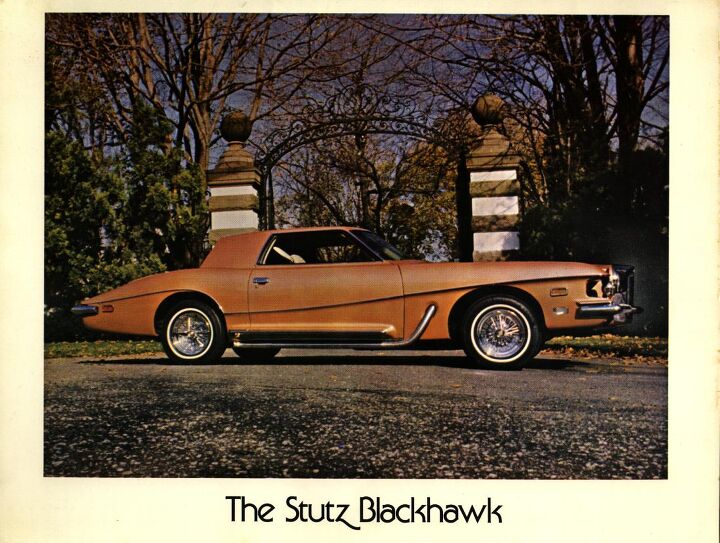

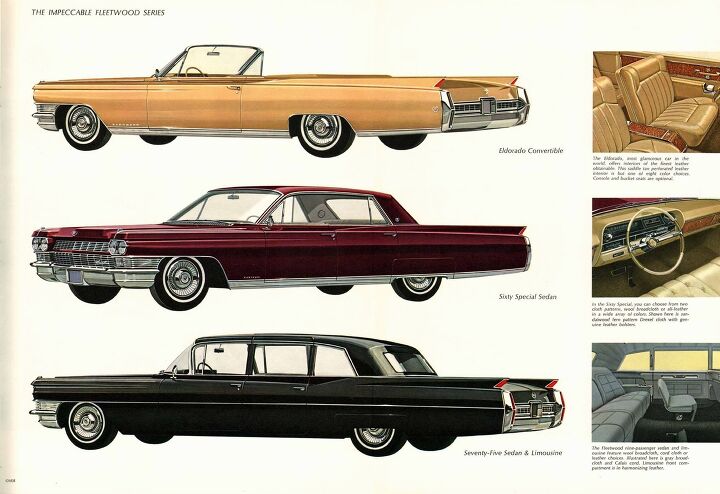


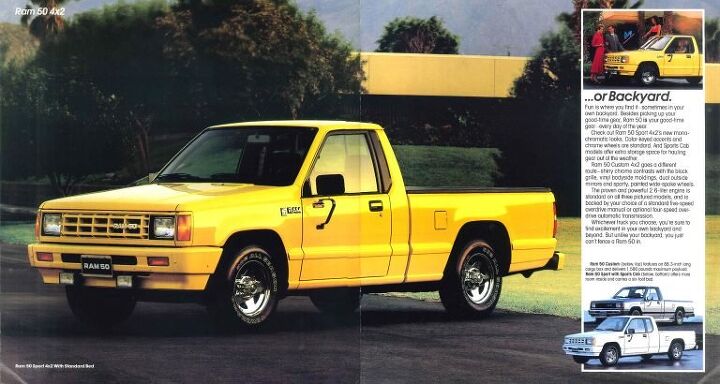
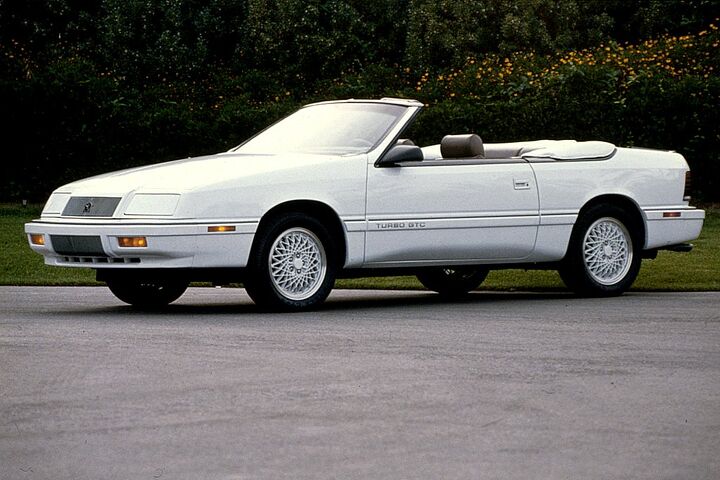
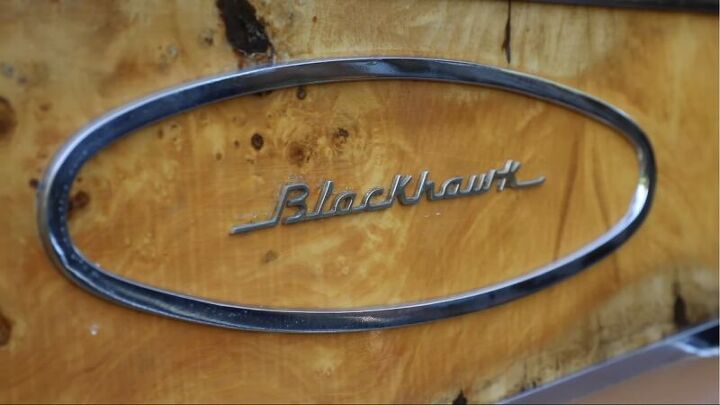
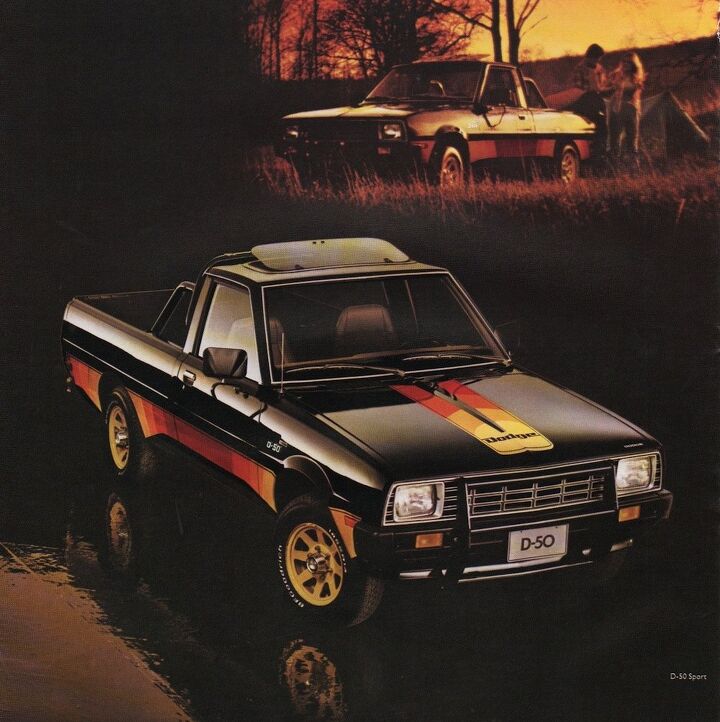



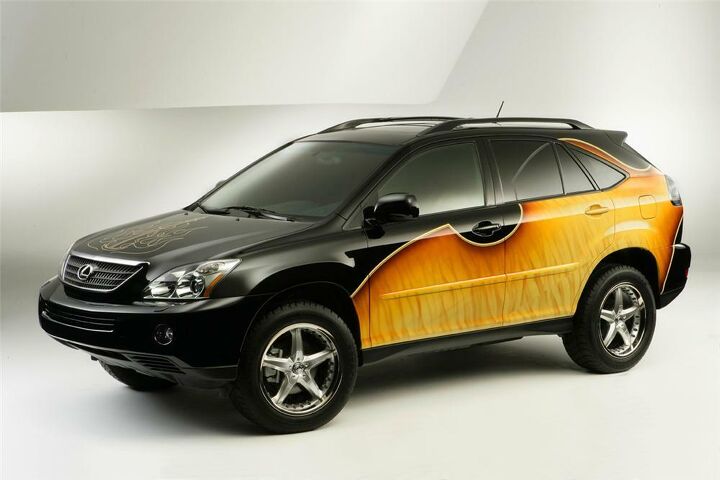













Recent Comments